Carlota Lucumí, an enslaved woman of Yoruba origin, led one of the most powerful anti-slavery uprisings in Cuban history in 1843. From Matanzas to Luanda, her legacy endures as a symbol of Afro resistance. Discover the forgotten story of this Black heroine—a woman, a rebel, and a transatlantic figure of remembrance.
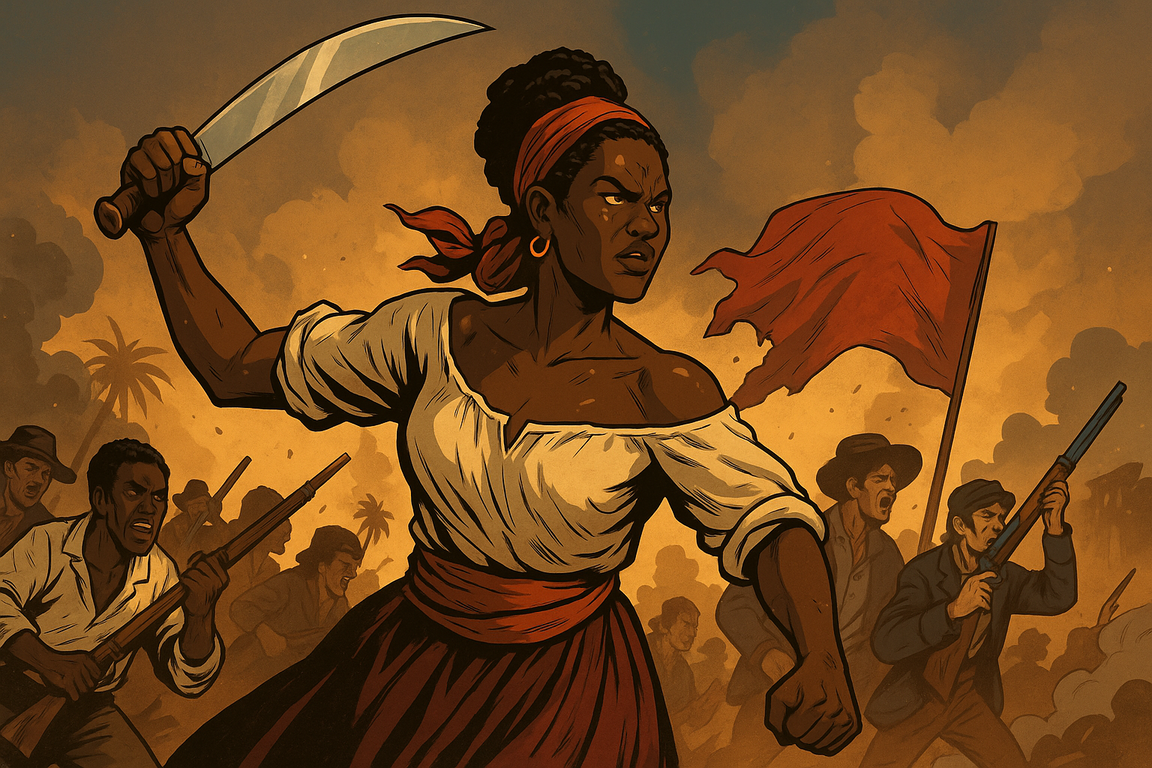
Carlota Lucumí. One name, two exiles—one geographic, the other historical. Born in West Africa, likely in a Yoruba-speaking region, Carlota was torn from her homeland by the transatlantic slave trade and deported to Cuba, into the sugarcane hell of Matanzas. Nothing remains of her original name. From her language, her songs, her ancestors—only the ethnic label imposed by the colonizers remains: Lucumí. A generalization, a catch-all term used to refer to captives of Yoruba descent.
Carlota left no letters. No portrait. She is one of those figures whose gaze official history refused to preserve, whose voice it declined to transmit. And yet, she cried out. She led. She struck. And through this very erasure, she became a beacon.
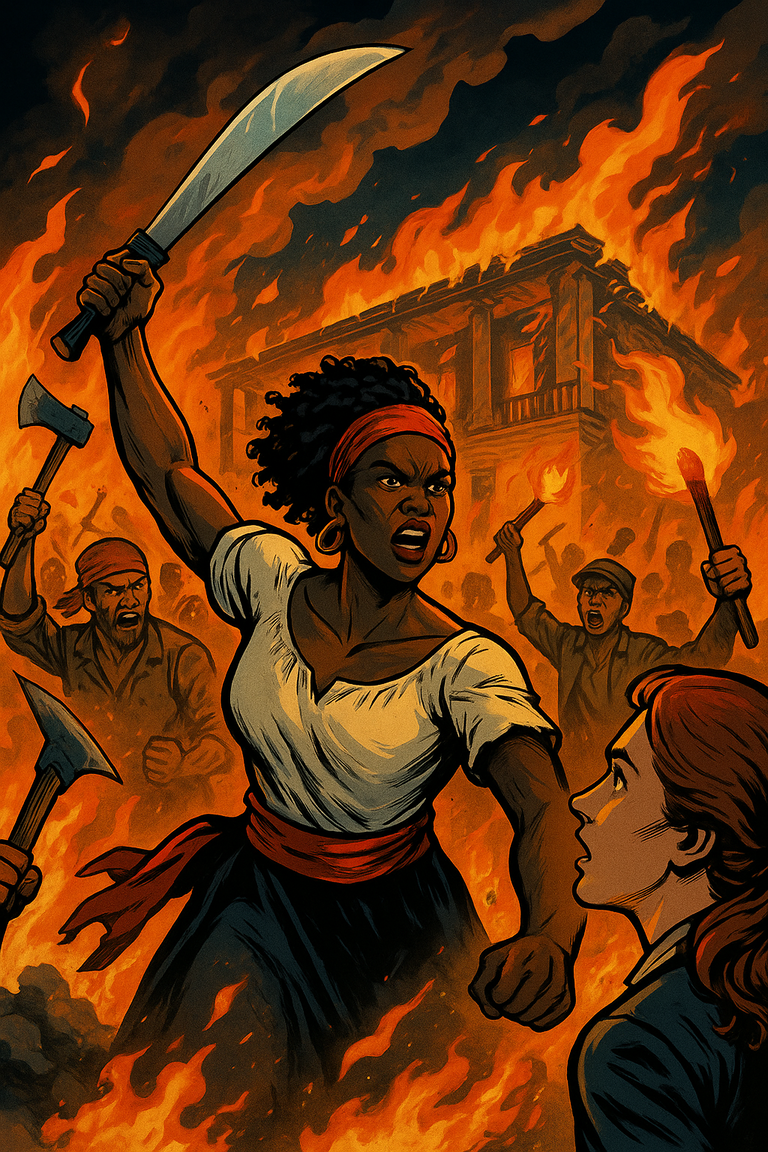
On November 5, 1843, fire ignited on the Triunvirato plantation in the heart of Matanzas province. Not a sugarcane blaze, but a human one. Carlota, alongside Ferminia Lucumí, rose against the colonial order. They were all enslaved—chained but determined. Armed with machetes, axes, and fire, the insurgents attacked the administration, destroying symbols of their bondage. Carlota was at the head.
She didn’t just resist—she organized. She expanded. The rebellion spread to neighboring plantations: Acaná, San Rafael… five estates in total. Each new flashpoint was a direct challenge to the empire. White slaveowners panicked. The Spanish authorities realized this uprising was not a spontaneous outburst but a coordinated effort. Behind the strategy was the brilliance of an African woman.
Carlota is said to have personally attacked the overseer’s daughter—not out of revenge, but as a symbolic break, a message that nothing would be the same. Her gesture is etched into oral memory. The patriarchal, colonial, and slaveholding power structure trembled under the impact of this female-led action.
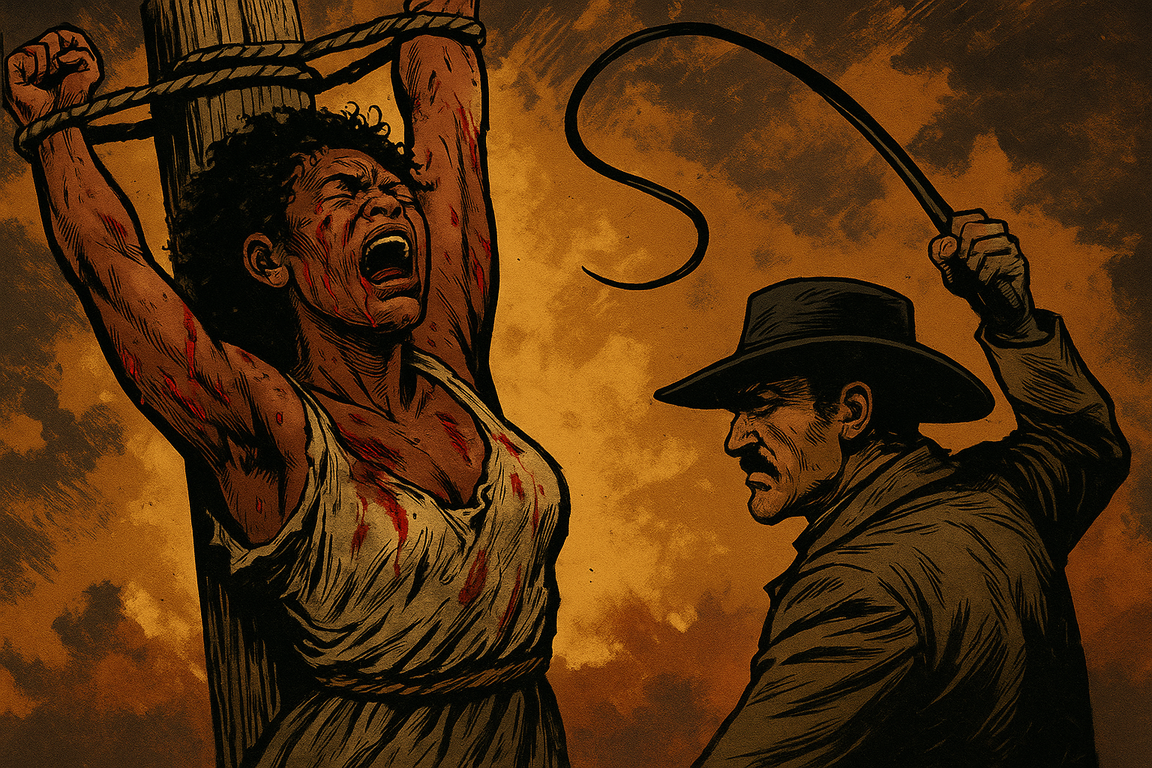
The uprising spread, but the repression was brutal. That terrible moment would come to be known as La Escalera—The Ladder. The one used to tie enslaved people down to be whipped, burned, mutilated. Punishment became institutional. In response to the revolts, the colonial state launched an unprecedented purge.
Thousands—enslaved, freed, and free people of mixed race—were arrested, interrogated, tortured. Hundreds were executed without trial. Among the murdered: Carlota. She was killed in the early days of the repression, without trial, without burial. But her memory could not be entirely erased.
La Escalera marked the end of a cycle of uprisings—but also the beginning of a new era of surveillance. The Spanish state realized enslaved people were not just bodies to exploit, but minds capable of organizing. In death, Carlota became an eternal threat.
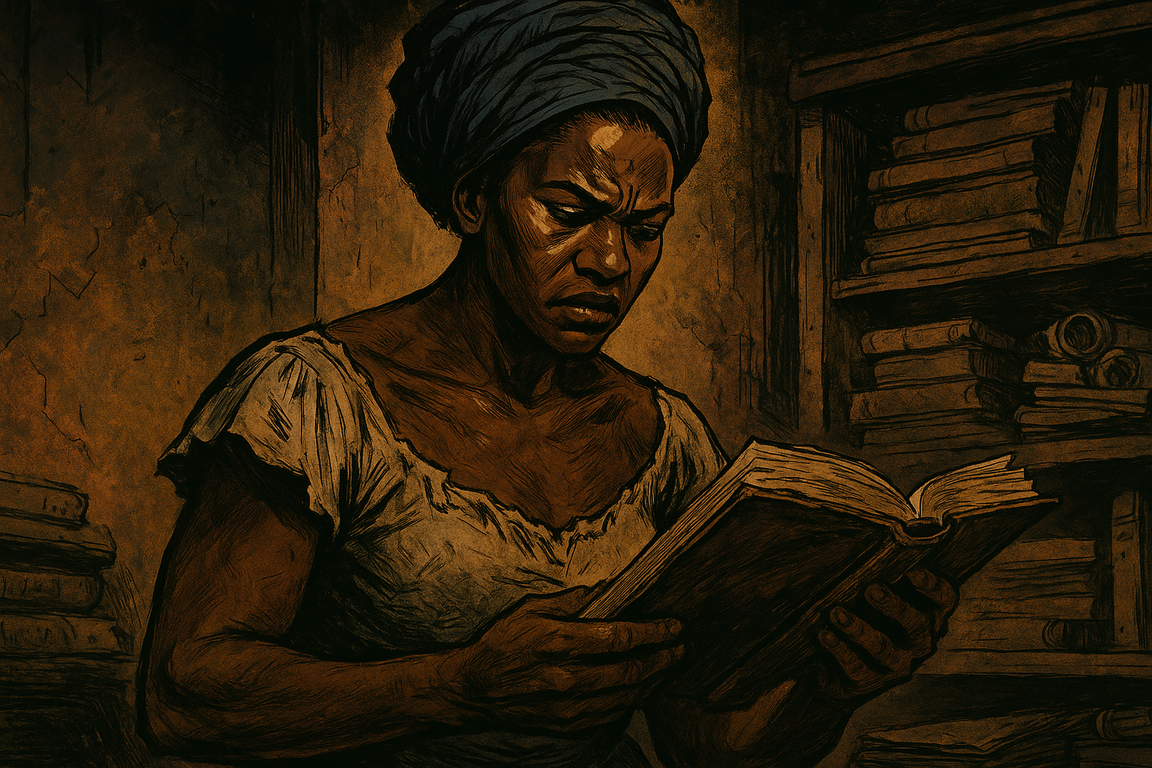
Some silences are louder than screams. The silence surrounding Carlota’s life is one of those. Few documents exist—and those that do are biased, written by executioners, by the scribes of empire. Accounts of the uprisings often come from trial records where enslaved people were tortured, forced to speak under threat.
Historian Aisha Finch highlights this methodological dilemma: how can one reconstruct Black memory from white, colonial, punitive archives? How can one distinguish truth from survival strategy? Carlota emerges between the lines, between the omissions, within the words of others. Even in the works of Cuban historians like José Luciano Franco or Ricardo Vázquez, she is pushed to the background behind male leaders.
And yet, without her, nothing would have been sparked.
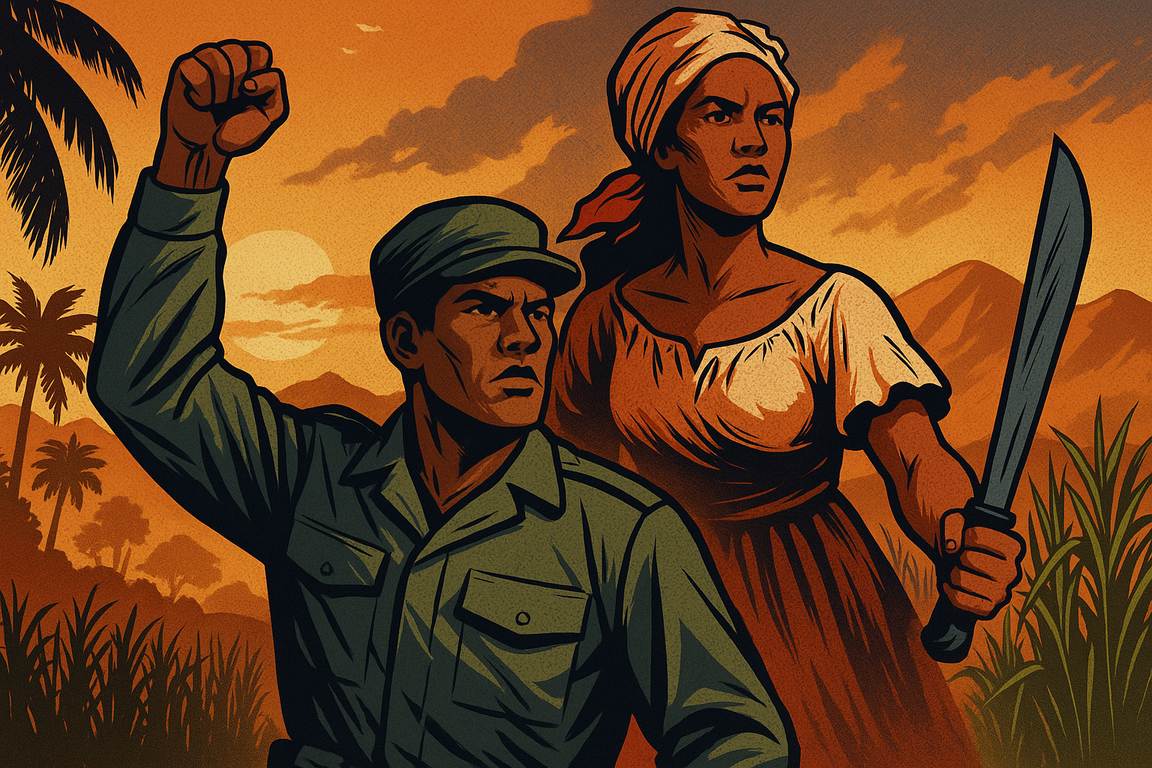
A century later, another Carlota appears. But this time, it’s not a woman—it’s a military operation. In 1975, Cuba intervened in Angola to support the MPLA against South African forces backed by the West. The code name of the operation? Operación Carlota.
Fidel Castro, a master of symbolic politics, invoked the spirit of the rebel slave woman to justify a foreign policy. Carlota became the icon of a transatlantic Afro-Cuban socialism. Africa was imagined as the wounded mother, Cuba as the freed child returning to defend the source.
In this revolutionary narrative, Carlota is no longer just the 1843 insurgent. She is the spiritual ancestor of the Cuban soldier in 1975. One circle closes. Another opens.
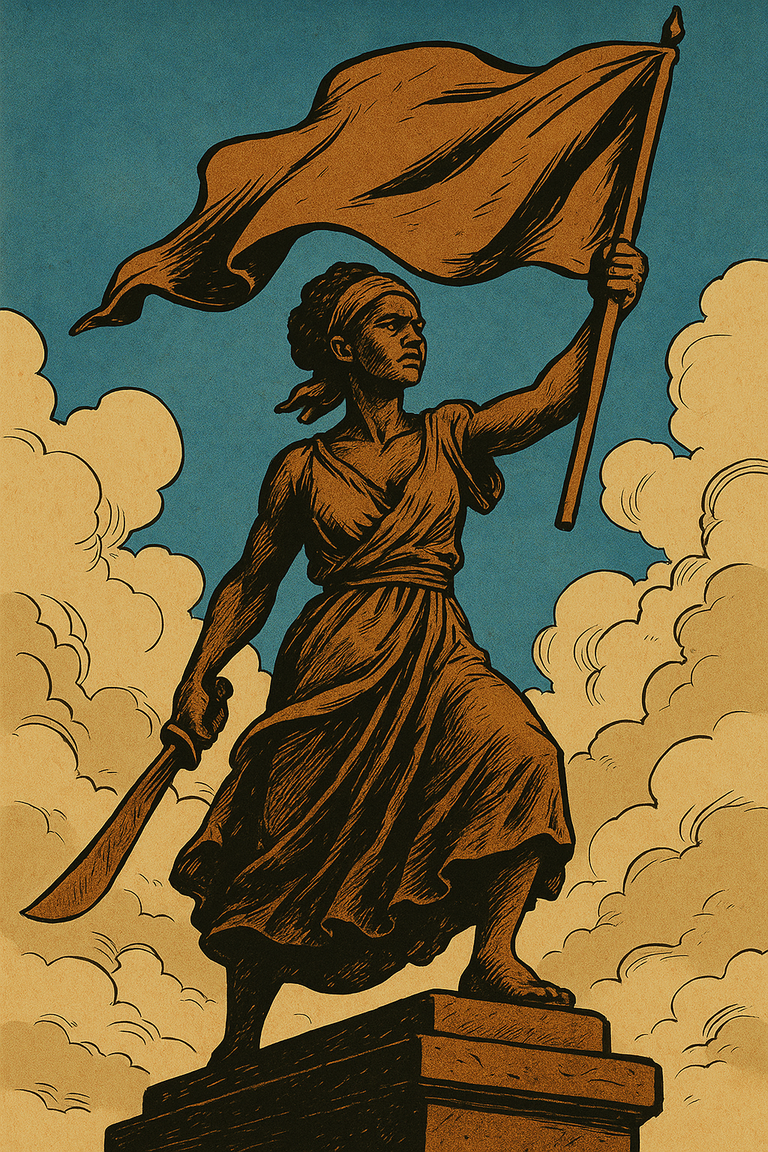
Carlota’s memory was not spontaneous. It was constructed, instrumentalized. Starting in the 1970s, the Cuban government mobilized its slaveholding history to legitimize its revolutionary authority. Carlota became the proof that the 1959 Revolution was the natural continuation of earlier Black struggles.
A memorial was dedicated to her in 1991 at the Triunvirato site. Integrated into UNESCO’s Slave Route Project, it serves as a reminder of the role of enslaved people in building Cuba. But this official memory often erases contradictions: it universalizes Carlota, makes her almost abstract, forgetting that she was a woman, African, rooted in a culture, a cosmogony, a language.
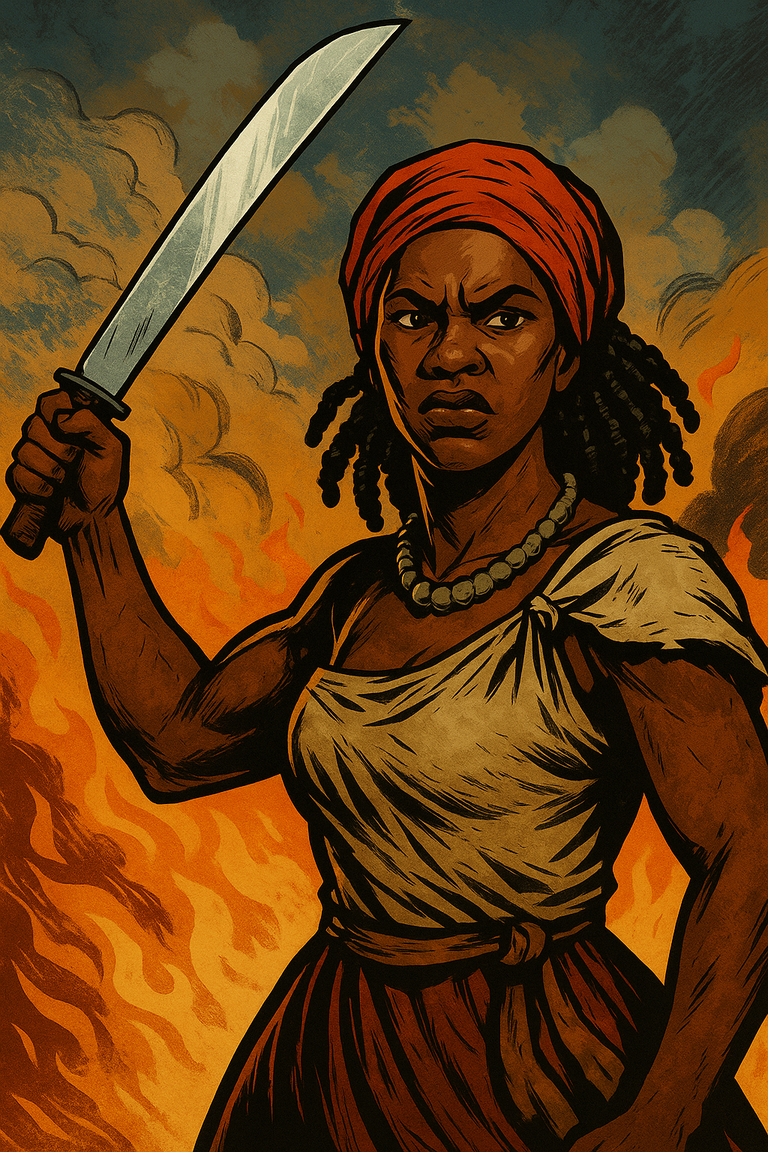
In the Western imagination, rebellion is a man’s domain—muscles, weapons, rage. Carlota dismantles that stereotype. She embodies a different way of making history. She breaks the gender codes imposed on resistance. She is neither muse, nor concubine, nor traitor—typical roles assigned to enslaved women in colonial narratives. She is a strategist, an actor, a catalyst.
This position is unsettling. It may explain why her name was not immediately celebrated. Too much of a woman to be a leader, too African to be Cuban, too free to be co-opted without reshaping her.
Carlota belongs to a constellation of Black women who shaped history without entering the textbooks. She is sister to Sanité Bélair in Haiti, Queen Nanny in Jamaica, and Queen Nzinga of Ndongo in Angola. All fought against the slave order. All were marginalized after death.
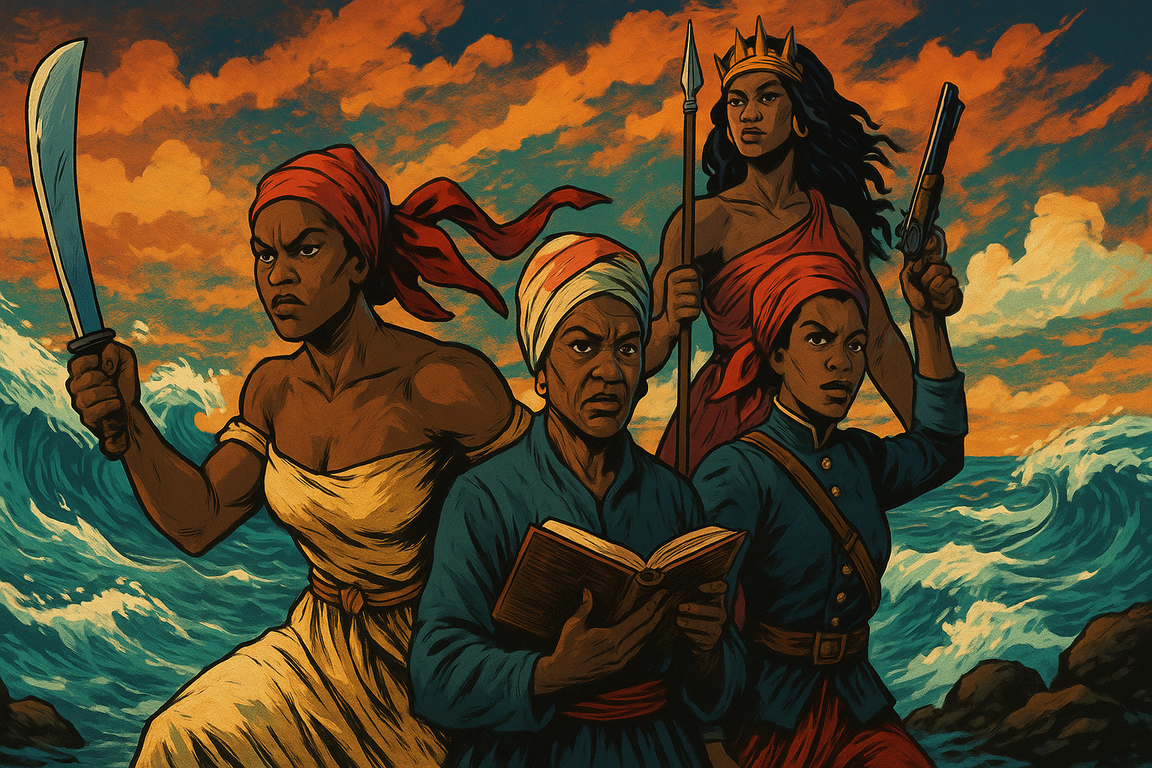
Her legacy goes beyond Cuba. It forces us to rethink the Black Atlantic not as a sea of tears but as a space of resistance. Where ships passed, ideas circulated. The insurrection was not local—it was diasporic.
To name Carlota today is to resist forgetting. It is to inscribe into language what history tried to erase. It is to take a step aside, to question our archives, our narratives, our hierarchies. Carlota is a praxis. An act. An invitation to tell the story differently.
She reminds us that the history of Black peoples does not begin in pain, but in dignity. That there are no small acts of resistance. That even without paper, statue, or song, a Black woman can shake an empire.
